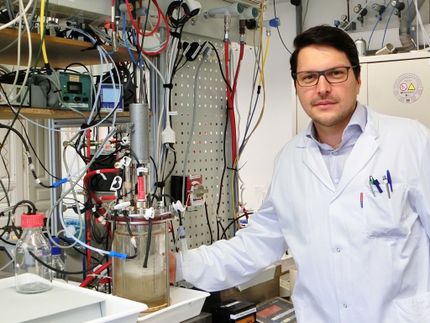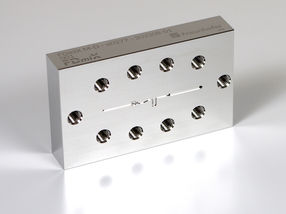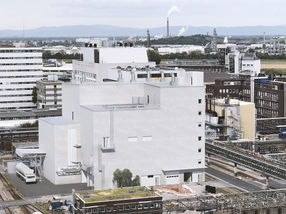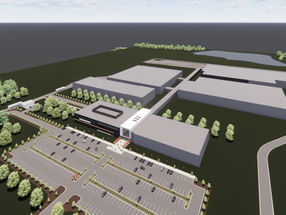Purac starts construction Lactide plant in Thailand
CSM and its subsidiary Purac announced the official start of construction for its new Lactide plant in Thailand. The groundbreaking ceremony was held at the existing Purac site in Rayong, Thailand. The plant will produce monomers for bioplastics. The investment is driven by CSM’s commitment to play a leading role in the development of the market for lactic acid based bioplastics i.e Poly lactic Acid (PLA). This market is highly attractive as PLA contributes, with commercially viable products, to a significantly lower carbon dioxide (CO2) footprint than the traditional oil based plastics. The investment for this new 75,000 tons Lactide plant will be EUR 45 million (Baht 2 billion). The new plant will be ready for start up in the second half of 2011 to meet our current level of demand and to accelerate market development.
Gerard Hoetmer, CEO of CSM comments: “This investment will take us to the next step in our bio-plastics program, where our proprietary technology gives us a considerable opportunity together with our partners, to grow the PLA market. Even a 1% share of the 250 million ton plastics market represents a huge opportunity for our products and our company.”
The products are aimed for a broad segment of today’s plastics market and enables Purac’s partners to produce bioplastic products with a high heat resistance up to 180 degrees Celsius/ degrees 266 Fahrenheit.
Gerard Hoetmer continues: “We have made good progress in co-developing commercial applications for this next generation of PLA, such as in the packaging, foam and fiber industries. This is supported by the drive to reduce CO2 with commercially attractive products. Both from a market and technology perspective, PLA will continue to gain attractiveness compared to traditional oil-based plastics through further investments in future generations of products.”
The new plant will be located at the existing Purac site in Thailand. The capacity of the Lactides plant will be 75,000 tons. It is designed to produce both L-Lactides and D-Lactides, made out of lactic acid sourced from the existing Purac plants.
Other news from the department manufacturing

Get the life science industry in your inbox
By submitting this form you agree that LUMITOS AG will send you the newsletter(s) selected above by email. Your data will not be passed on to third parties. Your data will be stored and processed in accordance with our data protection regulations. LUMITOS may contact you by email for the purpose of advertising or market and opinion surveys. You can revoke your consent at any time without giving reasons to LUMITOS AG, Ernst-Augustin-Str. 2, 12489 Berlin, Germany or by e-mail at revoke@lumitos.com with effect for the future. In addition, each email contains a link to unsubscribe from the corresponding newsletter.
More news from our other portals
Last viewed contents
CRISPR treats genetic disorder in adult mammal
Mixed chemicals in beauty products may harm women's hormones
SpinDiag Raises 1.6 Mio. EUR Seed-Capital - Point-of-care screening system for antibiotic resistance to be clinically tested
























































